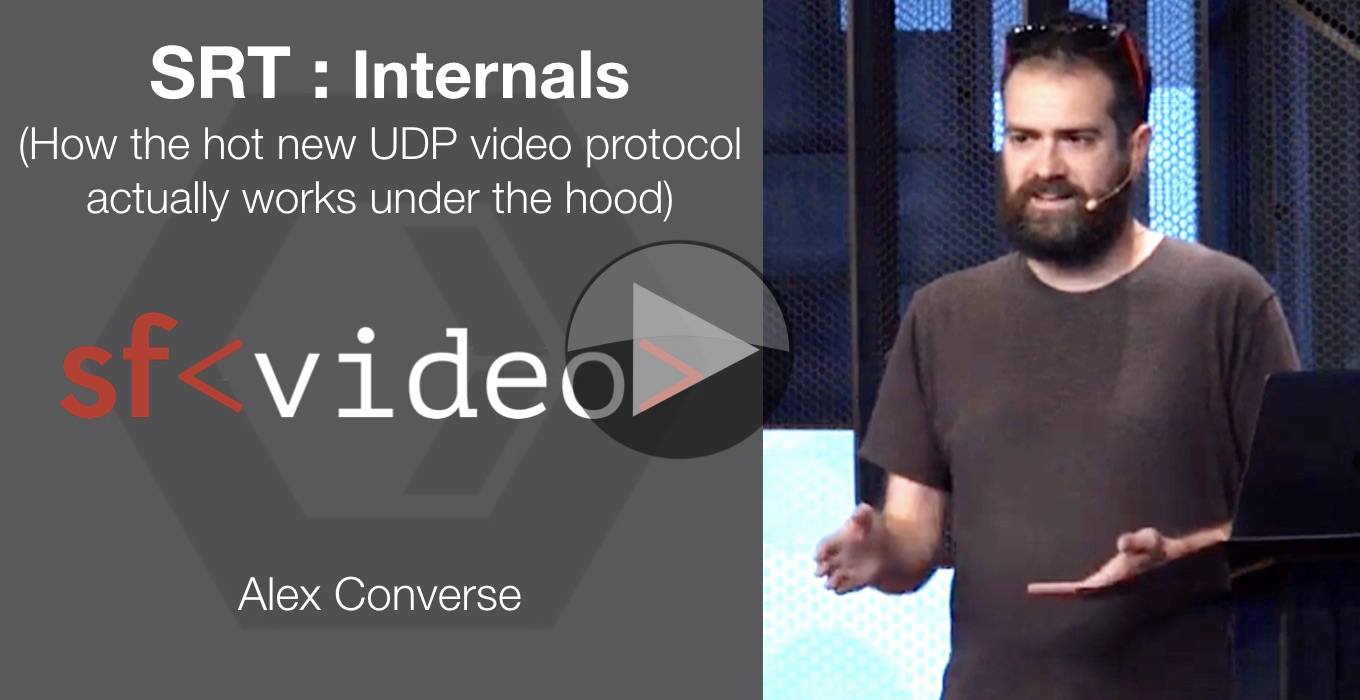We’re looking at the most popular posts of 2019 now as The Broadcast Knowledge takes a break over the holiday season. Twitch’s Alex Converse had one of the most visited posts of the year in his video detailing how SRT works. It’s a great technical resource for developers and engineers wanting to understand more than just the highlights of SRT. Did it do well because it was Alex? Because the San Francisco’s Video Tech meet up is a well known part of Demuxed’s community for ‘engineers working with video’ or because its title? Any or all of these could be true and it wouldn’t invalidate it’s usefulness or its popularity. So if you haven’t already, read more about it here, or click play below.
Another SRT talk of interest this year you may want to catch up on was the IBC SRT Open Source Technical panel which looked at the general SRT features and looked at the pros and cons against SRT. The panel looked at a case study with Red Bee Media and South American broadcaster Globo and the use of RTP and SRT together. Read more detail here or click here to watch for free
Speaker
 |
Alex Converse Streaming Video Software Engineer, Twitch |






